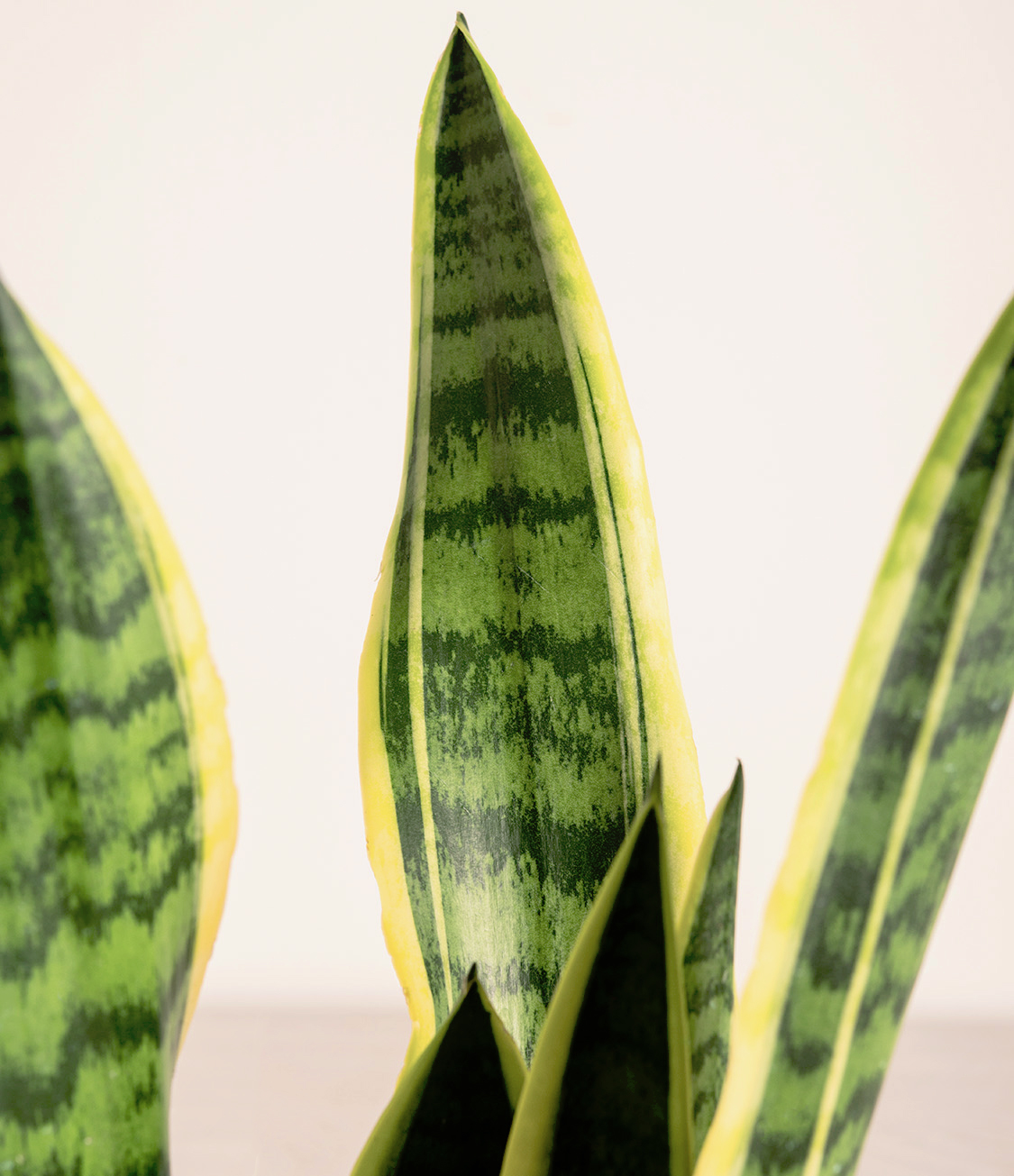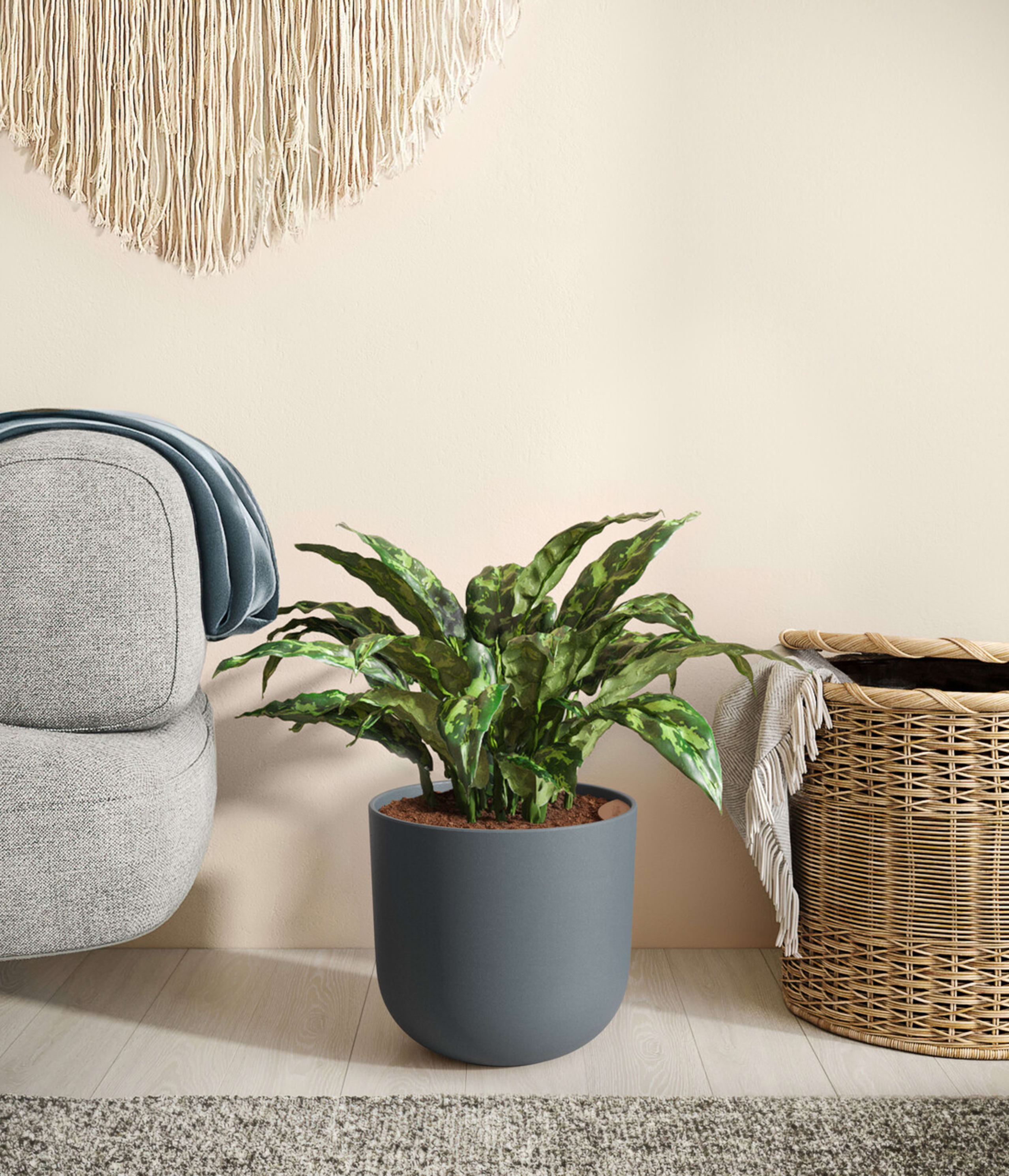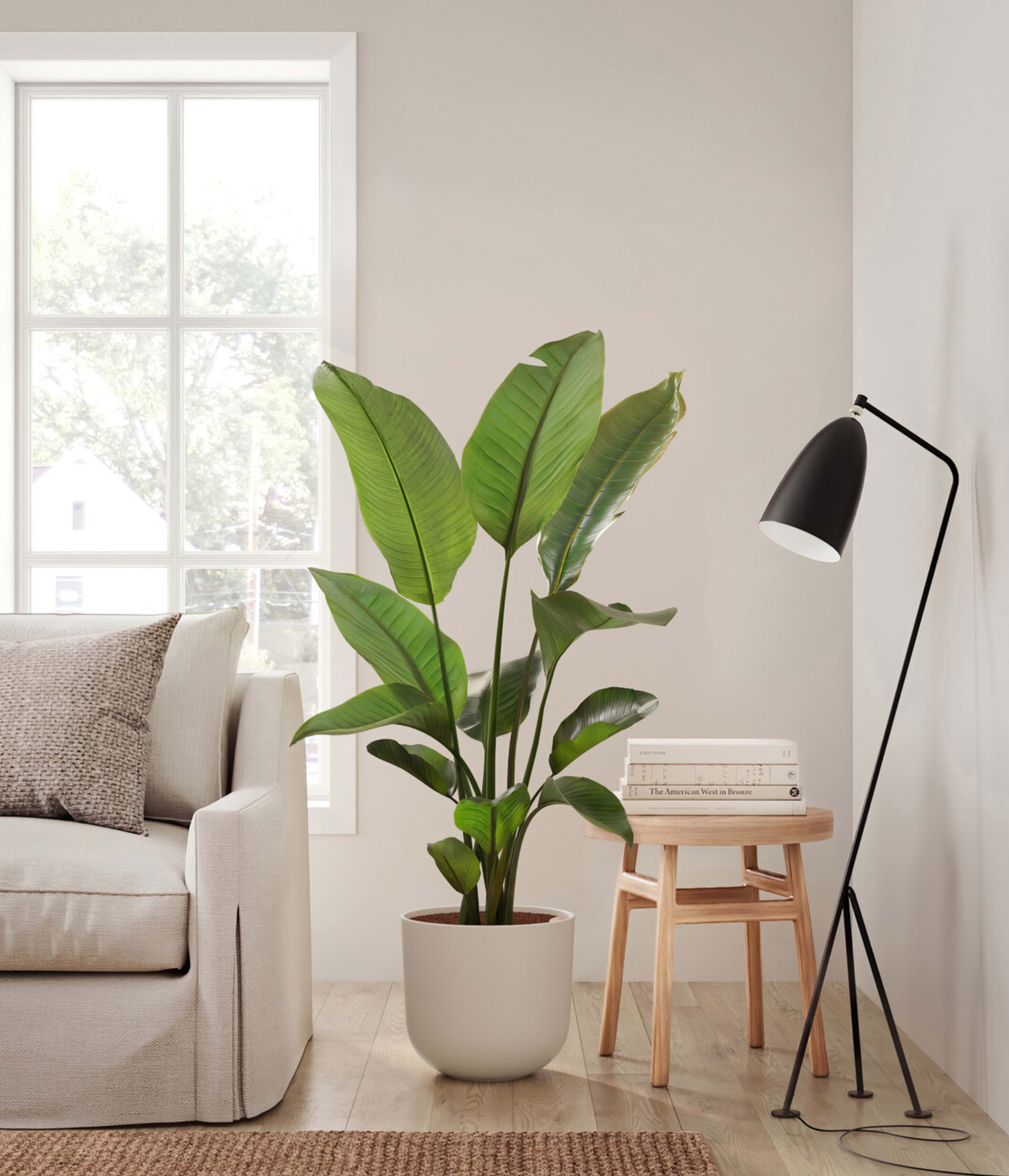How to Care for Snake Plants
About The Snake Plant
"Snake Plant" is a broad term for various species within the Sansevieria genus. Indigenous to Africa, Asia, and Madagascar, Snake Plants are among the most resilient of all houseplants, thriving in almost any condition, even if you occasionally forget to water them! Characterised by their tall, narrow, sword-shaped leaves, each variety of Snake Plant (Sansevieria) has its own distinct colours and patterns, making every plant unique.
While Golden Snake Plants are a vibrant green with streaks of yellow, Green Snake Plants feature deep forest green tones blended with hints of silver and sage. Beyond their striking appearance, Snake Plants are excellent natural air purifiers, removing allergens and toxins from the air, making them a perfect choice for a healthier indoor environment.
Other common names
- Sansevieria Laurentii
- Sansevieria Zeylanica
- Mother-in-Law's Tongue
- Viper's Bowstring Hemp
- Sansevieria Cylindrica
- Cylindrical Snake Plant
How Often Should I Water My Snake Plant?
With easyplant’s self-watering system, caring for your Snake Plant is effortless. Simply check the easyplant reservoir once every two months and top it up when it’s empty!
Snake Plant Light Needs
Snake plants thrive in medium to bright light but can also adapt to low-light conditions or darker areas with little natural light.
Snake Plant Plant Care
Snake Plants, or Sansevierias, are sturdy plants and can withstand harsh conditions making them difficult to kill. While easy to care for, you can keep your plant looking its best and give the pot a quarter of a turn to help with light absorption and encourage steady growth.
How Big Do Snake Plants Grow?
Snake Plants grow at a slow and steady pace with tall, narrow sword-shaped leaves that reach for the sky. Indoors they can grow up to 2.5 m tall at a steady pace of around 2.5 cm a month, or as much as 60 cm a year, depending on light, water, and soil conditions. Growth can vary depending on the subspecies and cultivar, but with the right care, these plants are sure to thrive.
Temperature & Humidity
The Snake Plant is a tropical, warmth-loving plant that adapts well to a range of humidity levels, thriving in conditions from 40% to 60%. In its natural habitat, this unique plant has adapted to handle periods of drought, so it can tolerate lower humidity levels without issue. The Snake Plant enjoys a bit of humidity but isn’t particularly fussy when it comes to moisture levels. While it adapts well to average indoor humidity, it will appreciate a bit more moisture in the air. You can easily achieve this by grouping it with other plants, using a humidifier, or placing a pebble tray with water nearby.
Are Snake Plants Toxic for Pets & Kids?
Sansevieria, or Snake Plants can be mildly toxic if ingested, so it's best to keep it out of reach of curious children and pets, such as cats and dogs.
Troubleshooting Common Problems with Snake Plants
If you notice black or yellow spots on the leaves, move your snake plant to a brighter location. Weak or drooping leaves should be removed entirely, and the plant relocated to a well-lit spot. If the leaves become too long or leggy, try placing the plant in a slightly shadier area to encourage more balanced growth.
Frequently Asked Questions about Snake Plant Plant
- What are the benefits of having snake plants?
Like all houseplants, a snake plant emits oxygen and can modestly improve air quality. What’s more, several modern studies have demonstrated that both active caring for plants, as well as their aesthetics, can improve mental health, lifting moods and reducing anxiety. There's a good reason many hospital waiting rooms have plants, after all. Largely, snake plant benefits are the benefits of all plants.
- Is the snake plant easy to take care of?
When taking care of a snake plant, the key is consistency. Find a spot in your home that gets indirect morning light, and be careful not to overwater. Keep an occasional eye on the leaves for any signs of discoloration or drooping, but generally, you can relax! Apart from the occasional mishap, looking after a Sansevieria is one of the least stressful plant-care tasks around.

 Small Plants
Small Plants Medium Plants
Medium Plants Plants Collections
Plants Collections Large Plants
Large Plants Huge Plants
Huge Plants